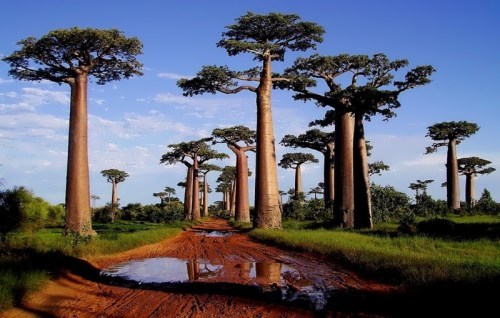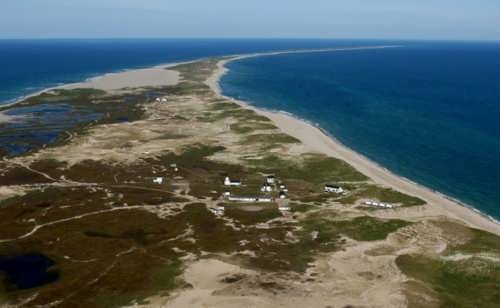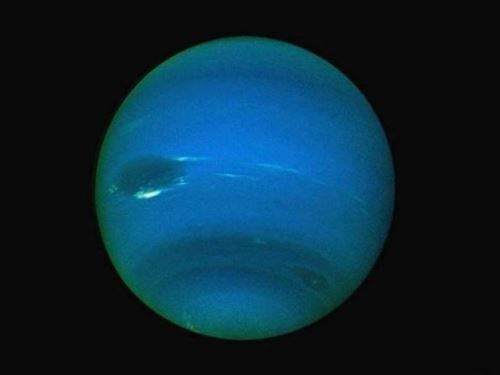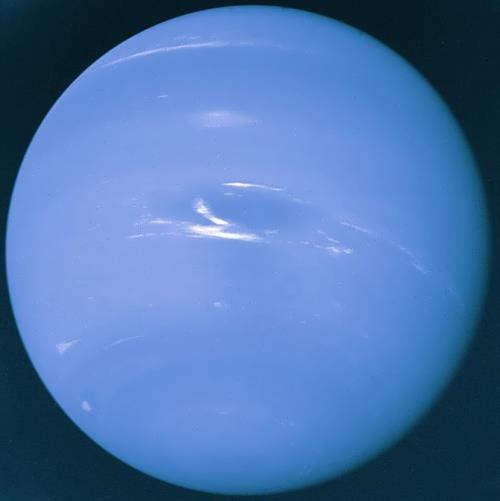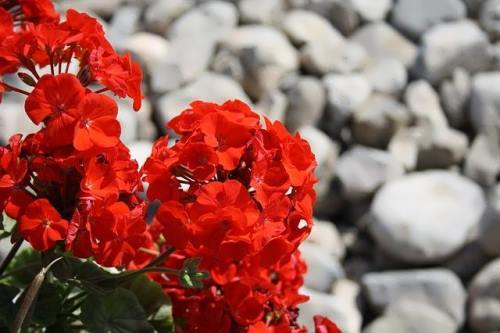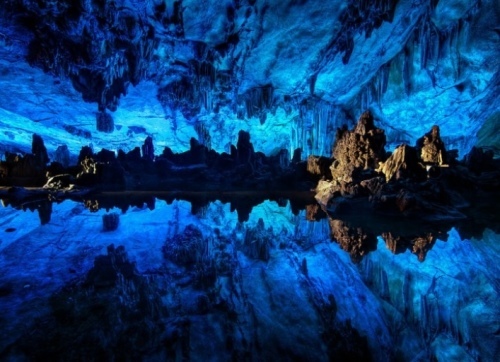Baobab – Upside Down Tree
When the Europeans saw the giant trees that grew “upside down” they decided that they were the eighth wonder of the world! But the natives disappointed white people: it turned out, that baobabs served their sentences in hot African savanna…. Once upon a time the Creator planted the trees in the valley of the Congo River, but they began to complain about the dampness. Then the creator became angry and threw the baobabs on dry land. Since then, they grow upside down.
No other representative of the flora does not cling to life as fiercely as baobab. Fire can burn wood, but the tree will grow! When it is cut down new roots will grow. By the way, its roots are tens and even hundreds of meters long. The diameter of the trunks of the trees on the average reaches 10 meters and circumference – 30-40 meters! It is one of the thickest trees in the world. Baobab tree is a natural reservoir, which can contain up to 120 thousand liters of water! In times of drought the tree consumes the “gold reserves” and becomes a little thinner.
More »
